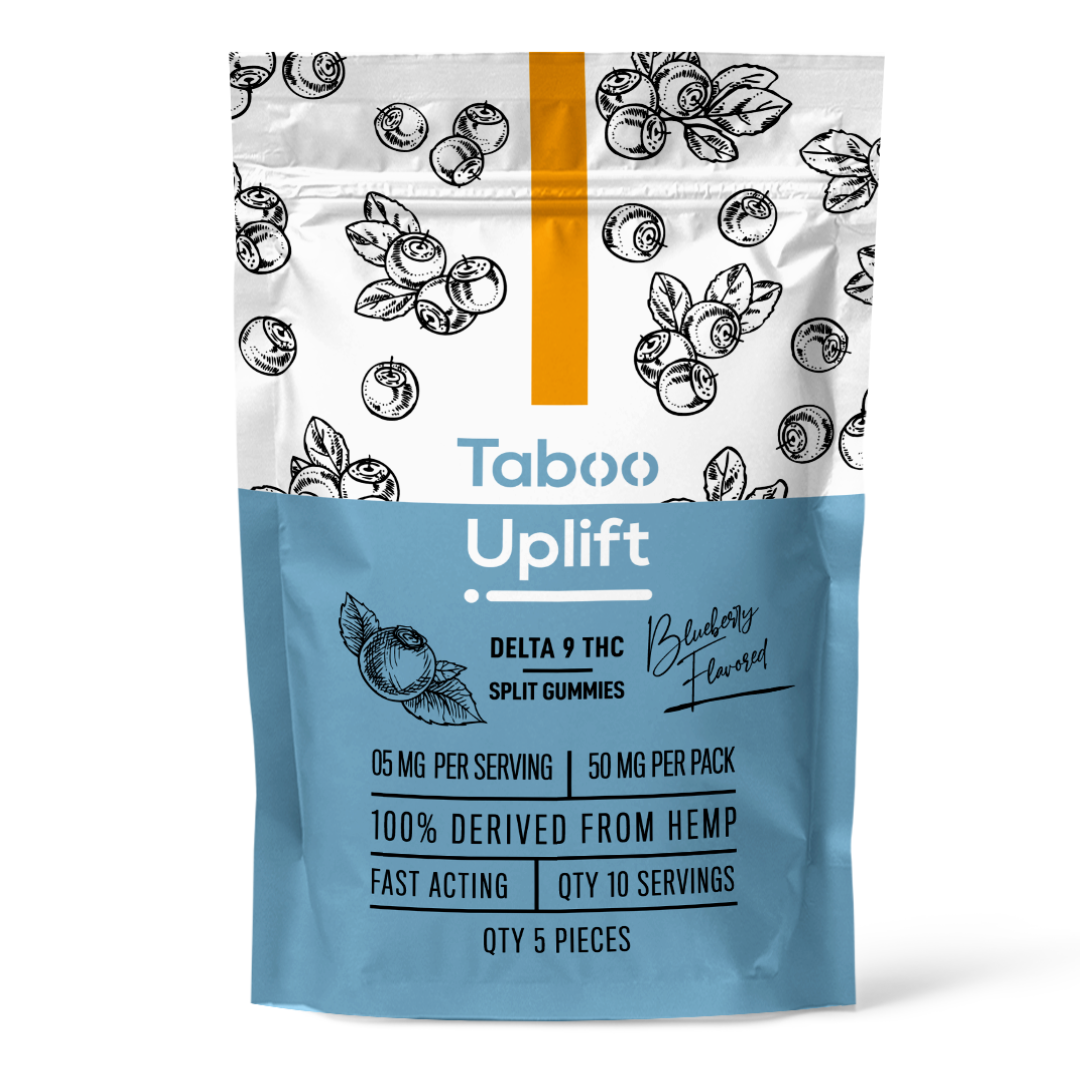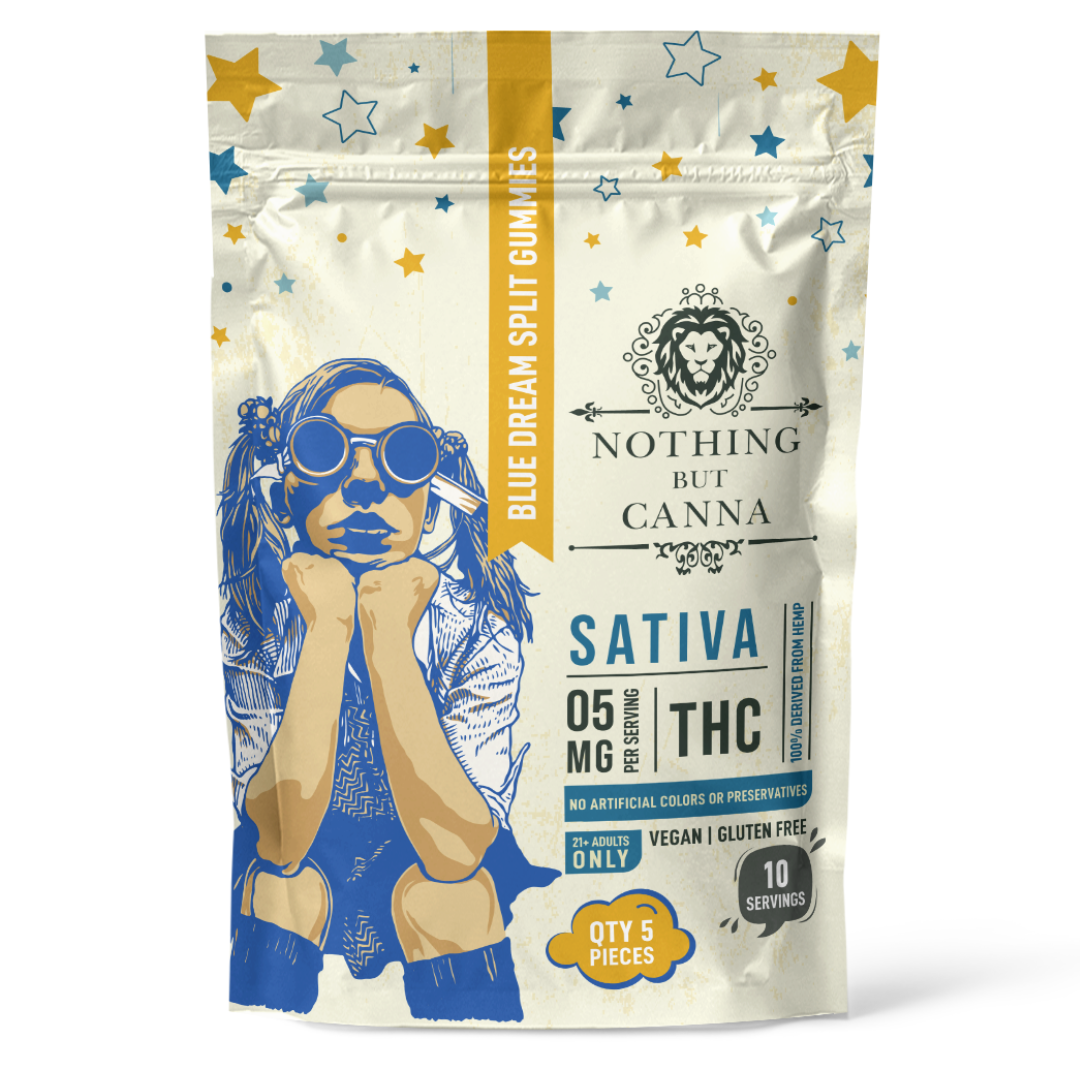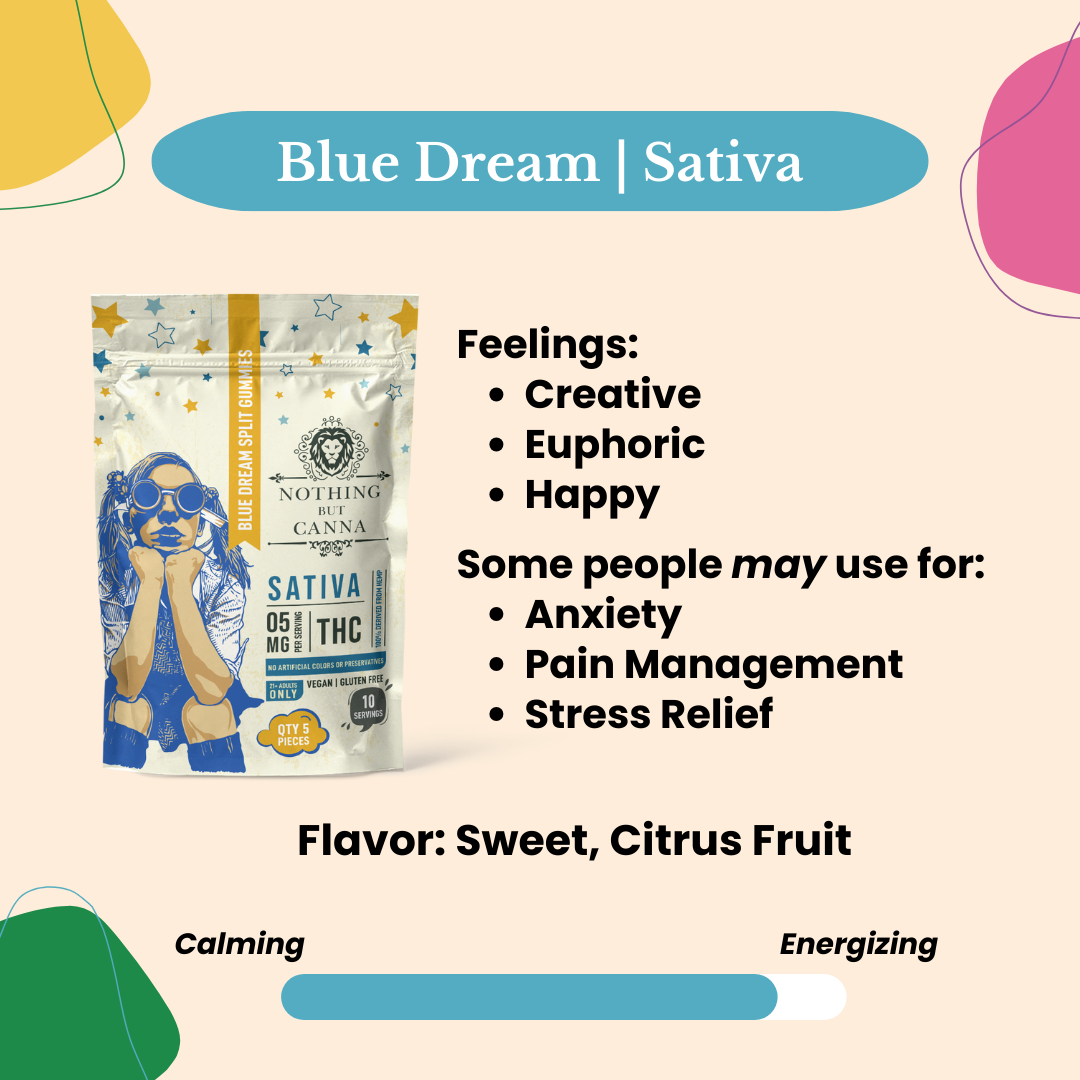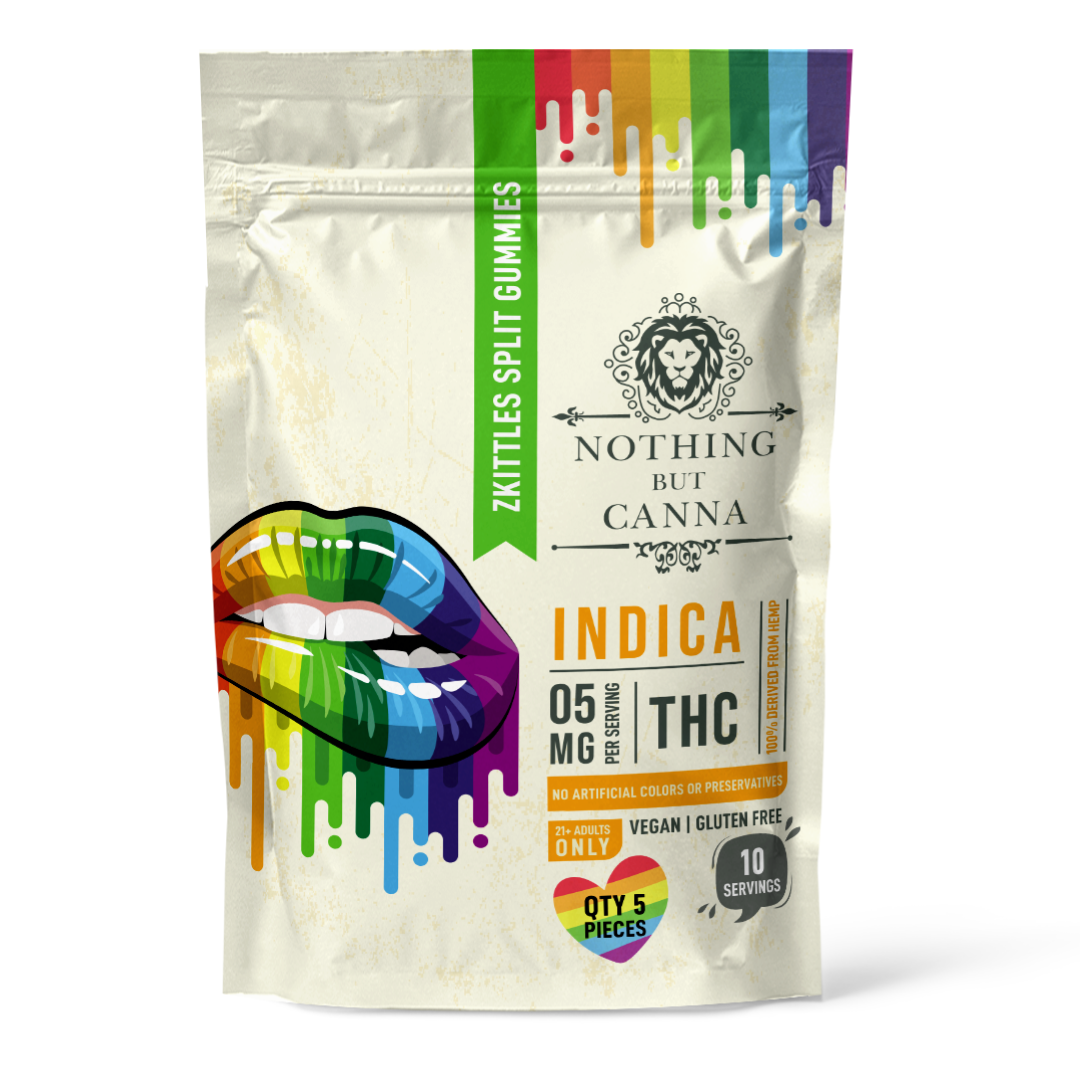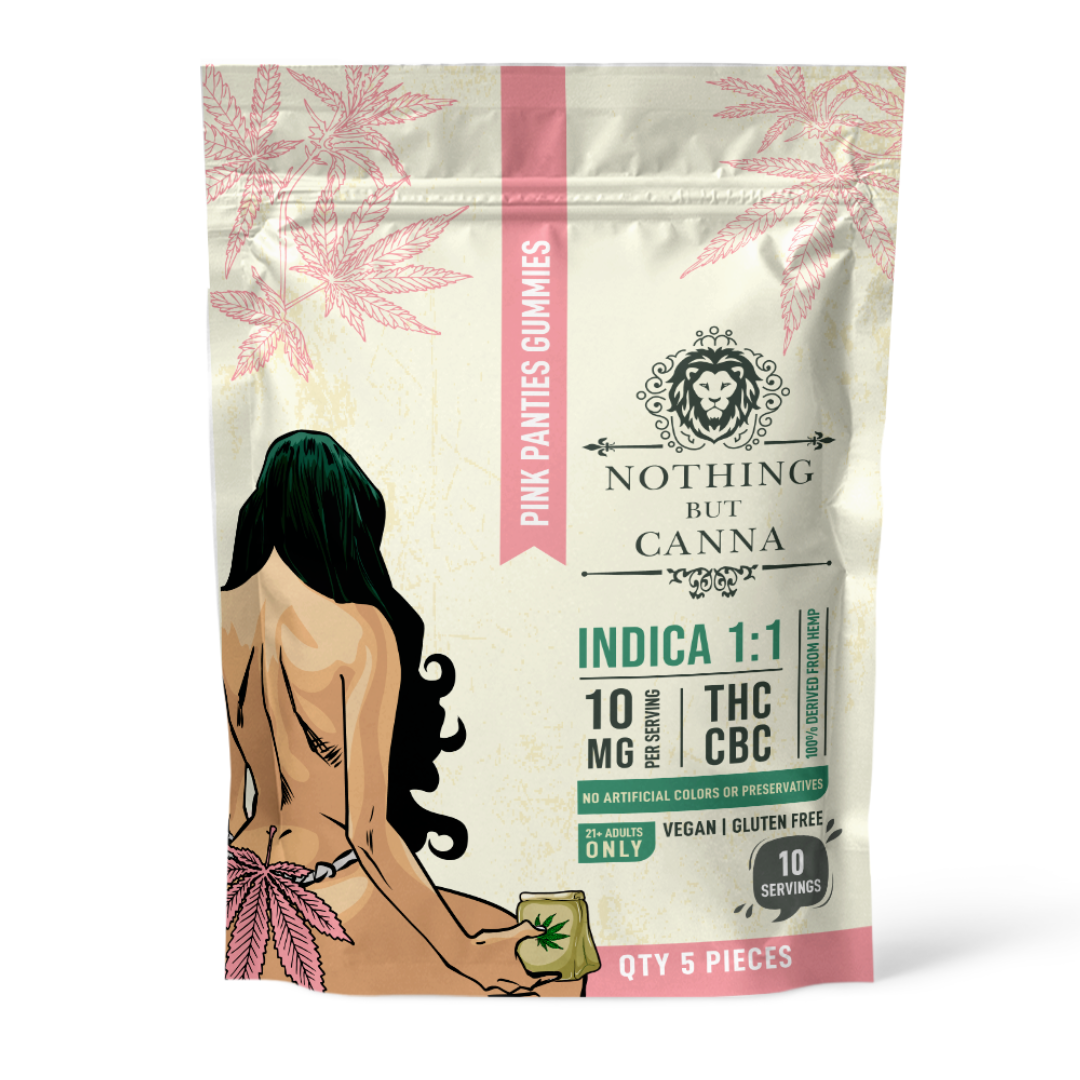As more and more states enact marijuana legalization reforms, the continuing federal ban on cannabis is creating a nightmare of inconsistent testing procedures and safety results.

Not many people are still alive who remember the days of alcohol prohibition in America. Most Americans probably have no idea that from 1920-1933 the elixir that dominates almost every aspect of our citizenry's recreational, professional, and cultural lives was illegal to manufacture, distribute, sell, and consume.
Begun as a way to combat the social and criminal ills created by its consumption, Prohibition was viewed by lawmakers, religious and community leaders, and much of the general public as the only way to save America from the demons revealed in human nature through the consumption of liquor.
However, the only tangible results created by the ill-conceived and even more poorly implemented ban on booze were a violent and lucrative illicit “bootleg” market controlled by organized crime elements and a frustrated and desperate population willing to drink just about anything that gave them the “buzz” they needed to cope with living as an American during the other historic economic catastrophe of that era - The Great Depression.
As a result, thousands of people either died from the violent clashes between competing criminal empires, infamously glamorized by gangster kingpins like Al Capone, Bugs Moran and Machine Gun Kelly, or from ingesting unregulated and dangerously contaminated bootleg liquor like “moonshine” and “bathtub gin.”
Fed up with the carnage and lack of results from the abysmal experiment of the 18th Amendment, which made alcohol illegal in 1920, citizens from all corners of the nation rose up and passed the 21st Amendment to end the horrendous ban on alcohol and allow Americans to once again consume their favorite salve for dealing with the difficulties of everyday life.
The lessons hard learned from that era seem more relevant today than ever, particularly in the case of the marijuana conundrum currently vexing the nation. Around the time that America was emerging from the dark and dreadful days of alcohol prohibition, lawmakers and dubiously motivated activists successfully lobbied for an effective ban on a little-known plant known technically as cannabis sativa or marijuana.
The passage of the Marijuana Tax Act of 1937 effectively made it illegal on the federal level to produce, distribute, purchase and consume cannabis. While the law technically gave the federal government the power to regulate marijuana, the practical enforcement of the law was to imprison those individuals selling, buying, and ingesting the naturally occurring plant.
Since the enactment of the controversial statute, cannabis has remained illegal at the federal level. Even now, with 23 states passing marijuana reform legalizing adult-use consumption of cannabis and 38 states, the District of Columbia, and four U.S. territories with some form of legal medical marijuana programs, the federal government’s ban on the mercurial plant remains ensconced like an irritating splinter on the collective thumbs of every American.
However, the days of cannabis prohibition may be coming to a head as more and more Americans demand an end to the outdated and potentially dangerous ban. Numerous local and national media outlets are reporting an alarming increase in health and safety incidences surrounding the inconsistent and, at times, incompetently enforced marijuana product regulations within each state with some form of legal cannabis.
Much like the treacherous “Russian Roulette” days of sketchy “Speak Easy” liquor offered up in the dark and seedy underbelly of the alcohol prohibition era, many states with still young and developing legal cannabis markets are struggling to establish effective regulatory guidelines to strike the delicate balance between a competitive and lucrative marketplace and a safe product environment for consumers.
One of the concerned industry watchers is Anna Schwabe, a cannabis geneticist and the director of cannabis education, research and development for 420 Organics. In a recent interview with Stateline on tackling the complicated issue of uniform safety guidelines across state boundaries, she expressed her worry by saying, “We don’t really know what’s going on behind the doors of each and every lab in each and every state. I don’t really have any sense of or any level of comfort for the numbers that they’re putting out.”
"We don’t really know what’s going on behind the doors of each and every lab in each and every state. I don’t really have any sense of or any level of comfort for the numbers that they’re putting out.”
- Anna Schwabe, Dir. of Cannabis Education and R&D for 420 Organics
Most, but not all, states require legal marijuana products to be tested for potency levels and contaminants, such as heavy metals and pesticides, by licensed laboratories. However, the lack of uniform testing standards has led to inconsistent lab results. Even more troubling is that some labs have been caught inflating THC levels to cater to the demand for higher-potency products, leading to the dangerous practice of “lab shopping” by some more unscrupulous producers.
According to Morgan Fox, the Political Director for the National Organization for the Reform of Marijuana Laws (NORML), “Some businesses will decide to contract with those labs because it means that their products will test stronger [in THC] and, in theory, be more attractive to consumers. This is pretty unethical and also an unfortunate byproduct of a financially competitive testing market.”
"Some businesses will decide to contract with those labs because it means that their products will test stronger [in THC] and, in theory, be more attractive to consumers. This is pretty unethical and also an unfortunate byproduct of a financially competitive testing market.”
- Morgan Fox, the Political Director for NORML
As a result, some states have had to recall products cleared for sale despite the presence of harmful contaminants. For example, in May 2022, the Oklahoma Medical Marijuana Authority suspended Scale Laboratories’ testing license after discovering more than 140 approved samples containing E. coli, mold and salmonella. In addition, the agency also recalled 99 items related to further rule violations by the lab.
Likewise, in Michigan in 2021, an estimated 64,000 pounds of cannabis was recalled due to at least 18 health complaints linked to the batch. Some disorders associated with consuming the approved product included allergic reactions, paranoia, seizure activity and a chemical burning sensation.
“Having some standards of operation across the board would dramatically decrease the variation that we see among labs, but then we would have to have some sort of regulatory oversight to make sure everybody is following the rules [on THC levels and testing practices], which we already don’t have,” Schwabe said.
"Having some standards of operation across the board would dramatically decrease the variation that we see among labs, but then we would have to have some sort of regulatory oversight to make sure everybody is following the rules [on THC levels and testing practices], which we already don’t have.”
- Anna Schwabe, Dir. of Cannabis Education and R&D for 420 Organics
The answer to solving this complex yet vitally imperative issue is simple for insiders like Schwabe and Fox. Ending the federal Prohibition on marijuana would allow the federal government and regulatory bodies like the U.S. Food and Drug Administration (FDA) and the Department of Health and Human Services to take control of the testing and regulation guidelines necessary to ensure safe and reliable products for consumers.
However, sometimes the most straightforward solutions to a problem are the most difficult to implement. With Congress more polarized than ever and a White House that seems tepid at best concerning the issue, industry stakeholders do not believe that an end to the archaic ban is a realistic expectation for the near future.
In the meantime, it will be up to individual states to create a consistent framework for regulating a plant that managed to help indigenous populations safely find healing and expanded awareness for millennia prior to there ever being a United States of America.


























